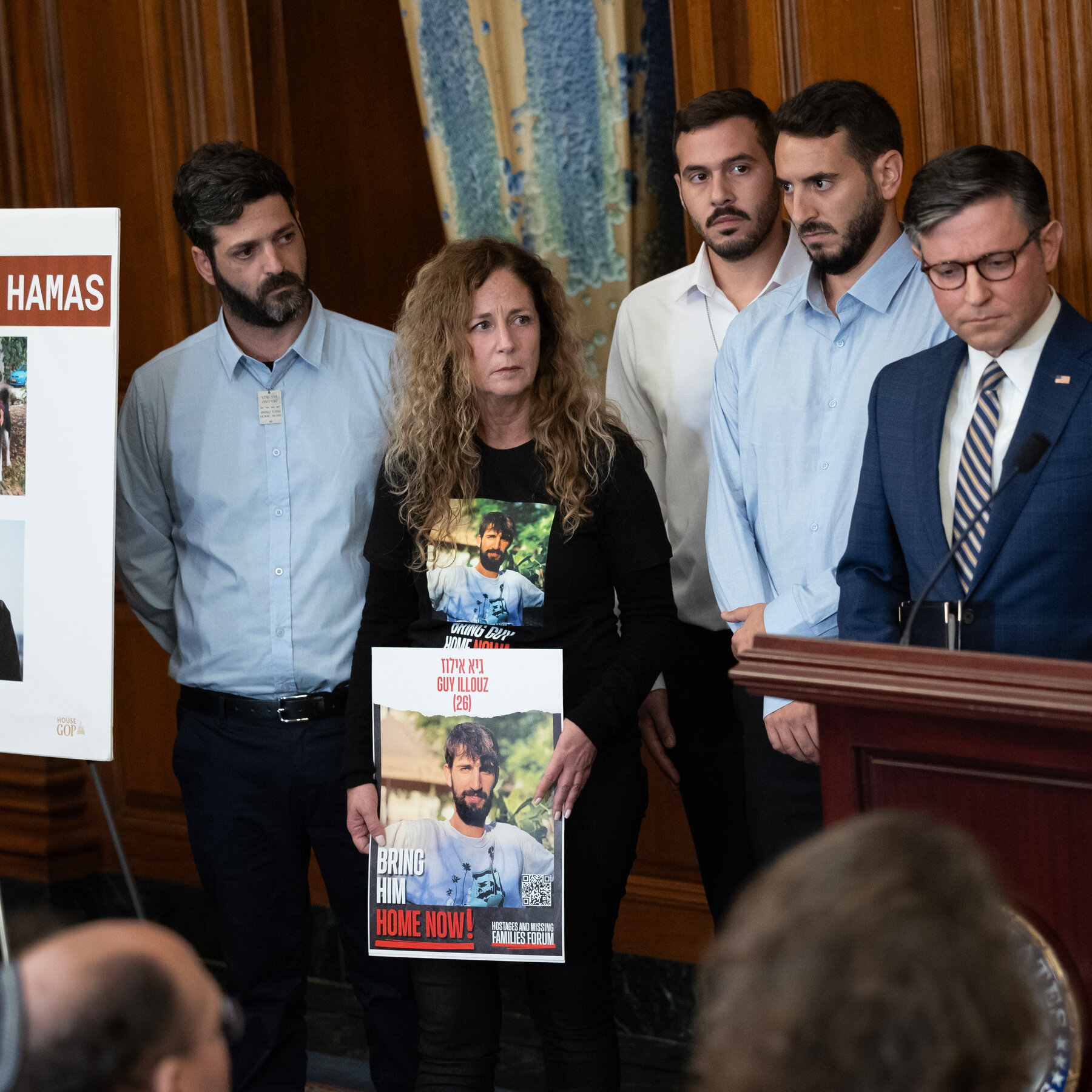A Voyage Into the Art of Finding One’s Way at Sea

Marshall Islands Become a Living Laboratory
In the turquoise waters surrounding the Marshall Islands, a unique partnership is unfolding between modern neuroscientists and the archipelago’s centuries‑old seafaring tradition. Researchers from several universities have joined forces with indigenous navigators to explore how humans chart courses across the open ocean without the aid of modern instruments.
Bridging Ancient Knowledge and Modern Science
The project, dubbed Oceanic Cognition, aims to decode the mental processes that allow master wayfinders to read stars, wind, waves, and even the scent of the sea. By recording brain activity on portable electroencephalogram (EEG) devices during long‑distance voyages, scientists hope to identify the neural signatures of spatial orientation and memory consolidation in real‑time conditions.
Learning From the Stars
“When the night sky is clear, the stars become a map that fits in the palm of your hand,” says Chief Navigator Kimo Alik, who has guided his family’s canoe for more than four decades. His words encapsulate the essence of the study: the brain’s ability to transform celestial patterns into a mental compass.
Methodology at Sea
Participants wear lightweight EEG caps while sailing on traditional double‑hull canoes. Researchers track variables such as wave direction, wind speed, and star positions, correlating them with neural oscillations recorded during critical decision points—like choosing a new bearing after a sudden shift in wind.
Preliminary Findings
Early data suggest that experienced navigators exhibit heightened activity in the hippocampus and parietal cortex, regions linked to spatial memory and visual‑motor integration. Moreover, the brain appears to synchronize with rhythmic oceanic cues, hinting at a deep, perhaps evolutionary, link between human cognition and the marine environment.
Implications for the Future
Understanding these mechanisms could transform navigation training, improve assistive technologies for the visually impaired, and enrich our comprehension of how cultural practices shape neural architecture. As the research sails onward, the collaboration continues to honor the wisdom of the Marshall Islands’ navigators while pushing the frontiers of cognitive neuroscience.






